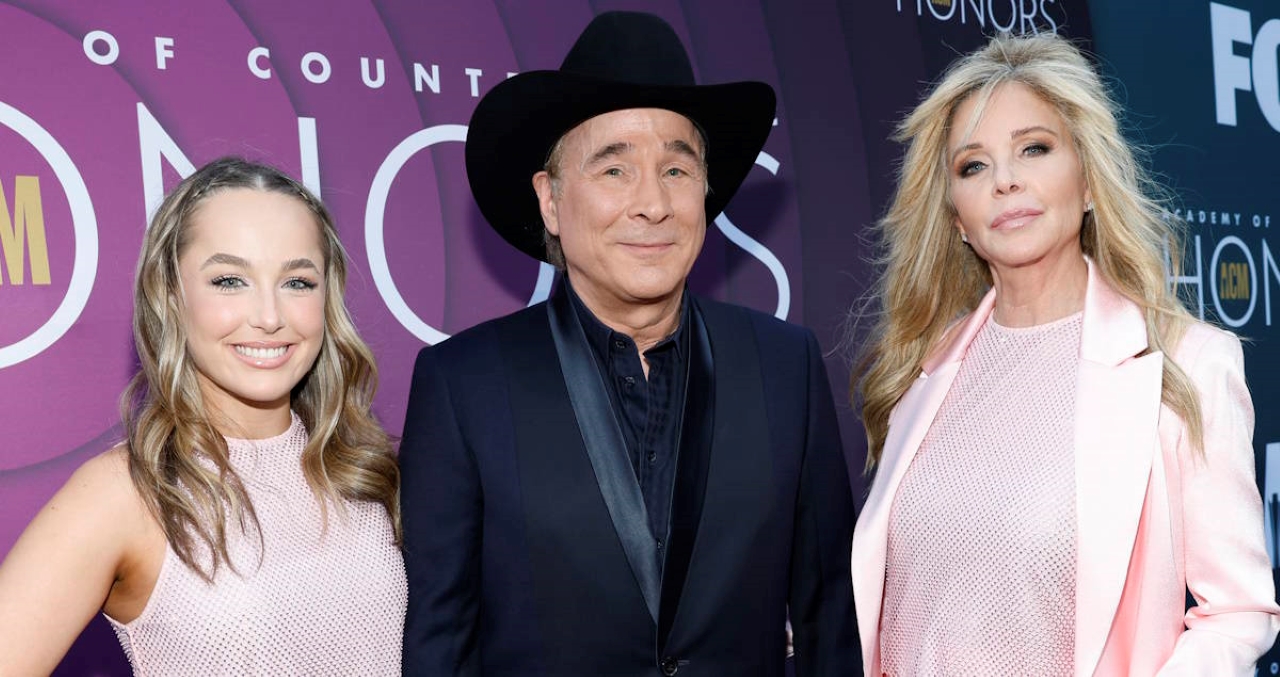🌾 The Context: Country at the End of the 80s
By the late 1980s, mainstream country music was facing an identity crisis. Record labels were pushing for a crossover sound—more polished, more pop—hoping to capture broader audiences. That meant plenty of radio-friendly hits, but traditional country fans were starting to feel alienated.
Amid this tension, a movement known as neo-traditionalist country emerged, led by George Strait and Randy Travis. And in 1989, a young Texan named Clint Black released his debut album Killin’ Time. Within months, he had become the face of a new wave—bringing back the fiddle, the steel guitar, and honest storytelling, while still appealing to modern ears.

🎤 “A Better Man” – A Start No One Expected
The first single from the album, A Better Man, was deceptively simple. A breakup ballad, but instead of bitterness, the narrator thanks his former lover for making him “a better man.”
What made it historic: it became the first debut single by a new country artist to hit No. 1 on Billboard since 1975. Practically overnight, Clint Black was not just a promising newcomer, but a force.
📀 An Album of Nothing But Hits – 5 Straight No.1 Singles
One hit can launch a career. Two hits prove it’s not luck. But Killin’ Time did something almost no debut had done before:
-
A Better Man – No. 1
-
Killin’ Time – No. 1
-
Nobody’s Home – No. 1
-
Walkin’ Away – No. 1
-
Nothing’s News – No. 1
Five singles. Five chart-toppers. Clint Black wasn’t just hot—he was historic. He swept the 1989 CMA Awards, winning Horizon Award and Male Vocalist of the Year.
🥃 The Title Track: “Killin’ Time”
The song Killin’ Time was country distilled: a lonely man in a bar, drinking to pass the hours, only to realize he’s wasting away his future.
Its brilliance was in its simplicity. A mournful steel guitar, a voice that sounded both weary and determined. It captured what country music had always been about—ordinary heartbreak told with unflinching honesty.
🌟 Side by Side with Garth Brooks
Here’s the twist: 1989 was also the year Garth Brooks debuted. Brooks went for spectacle—arena tours, high-octane performances, country as stadium rock.
Clint Black went the opposite way: rooted, grounded, storyteller-driven. Together, the two defined the 90s—Garth as country’s superstar showman, Clint as its songwriter cowboy.
🖊️ A True Singer-Songwriter
Unlike many Nashville stars who relied on outside songwriters, Clint Black wrote nearly all his material, usually with his longtime collaborator Hayden Nicholas.
This gave his work a unique fingerprint: Texan, plainspoken, but poetic. Critics took note. Killin’ Time wasn’t just commercially massive—it was artistically respected.
💿 The Ripple Effect
Clint Black’s success signaled a shift in Nashville. Suddenly, labels were looking for more artists who could write their own songs. Within a few years, Alan Jackson, Travis Tritt, and Brooks & Dunn emerged, shaping what would become the last great mainstream boom of traditional country.
Younger artists, including Brad Paisley, would later point to Clint Black as a direct influence.
⏳ Why Killin’ Time Still Resonates
More than three decades later, the album still feels timeless. It balanced tradition with accessibility, heartbreak with humility. It proved that country didn’t need to chase pop to be relevant. Authenticity was enough.
🎶 One Essential Song: “Killin’ Time”
If you listen to just one track, make it the title song. It’s not just a barroom ballad—it’s a statement. Country music survives because its stories are real. Clint Black was telling us, in 1989, that honesty never goes out of style.
📌 Conclusion
With Killin’ Time, Clint Black didn’t just launch a career—he helped reset an entire genre. Alongside Garth Brooks, Alan Jackson, and George Strait, he made sure the 90s would be remembered as one of country’s golden decades. But it all started with a young cowboy from Texas, a steel guitar, and five No. 1 hits in a row.